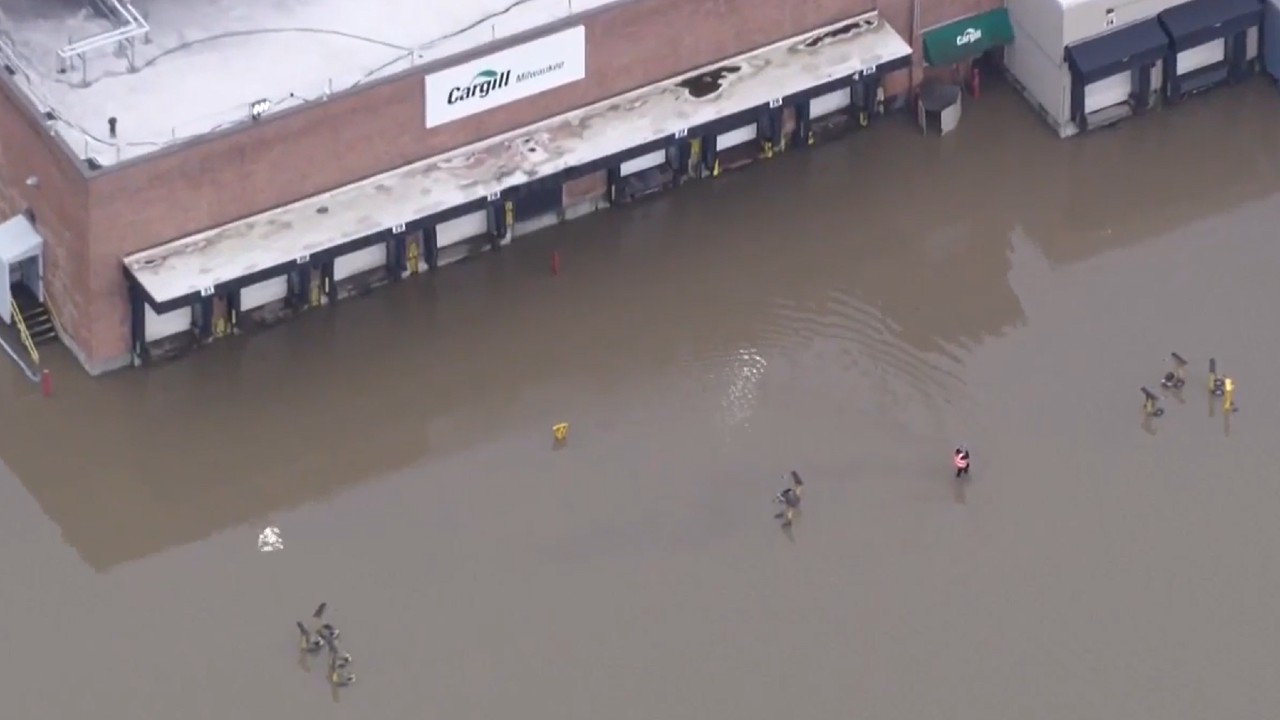Climate change has brought more intense rain and, as a result, destructive flood damage to Wisconsin.
As this trend will continue in decades to come, property owners and government entities “will need to deal with the consequences,” the
Wisconsin Policy Forum says in a new report.
Wisconsin Policy Forum’s “Flood Damage Rises with Rainfall” report, released on Wednesday, comes after the Milwaukee area experienced record rainfall and flash flooding on Aug. 9 and 10.
Wisconsin Policy Forum reviewed data from FEMA to analyze flood damage in Wisconsin over time, as well as how funds were directed to help rebuild. More than $40 million in flood insurance damage claims have been filed for Wisconsin properties in the 1990s, 2000s and 2010s. It’s a “massive jump” in flood damage across the state, according to the report.
While flood insurance claims peaked in 2008, “damage from this week’s storm in the Milwaukee area may eventually surpass these totals,” according to Wisconsin Policy Forum.
West Bend Insurance Company has been assisting policyholders in the region who have been affected by the recent storms. Most of the damage claims that the company has received so far relate to water damage to homes, businesses and vehicles, as well as wind-related damage, the company said in a statement to BizTimes.
The company’s teams are “prioritizing urgent needs, deploying additional claims staff, and working extended hours to ensure prompt support,” according to the statement.
“We encourage anyone who has experienced damage to report their claim as soon as possible, even if the full extent of the loss is not yet known,” West Bend Insurance Company said. “This allows us to begin the claim process quickly and help our policyholders return to normal as soon as possible. For businesses affected, our goal is to expedite claims handling to minimize downtime and help them reopen their doors to the community.”
Wisconsin residents have used the National Flood Insurance Program, which was created in 1969 and offers subsidized flood insurance, to help protect their property in the event of flood disasters. Individual policies in Wisconsin comprise about 10,600 of the program’s approximate 4.7 million total policies across the nation, according to the Wisconsin Policy Forum report.
The policies “were created to assist people who could no longer insure their homes and businesses against flooding because private flood insurance is generally not available,” the report says. The Federal Emergency Management Agency and private insurance companies manage the National Flood Insurance Program policies.
The program requires local governments nationwide to adopt floodplain management standards to limit construction in flood-prone areas.
“With the increased likelihood of heavy rains over the coming decades, ensuring the accuracy of floodplains and limits to building in flood-prone areas will have increased importance,” the report says.
Ordinances, which place limits on water flowing from property developments, have been used to manage stormwater. With 100- or 500-year storms becoming more likely in areas like Milwaukee and Madison, “it may be appropriate to design around them, though doing so can increase project costs,” the Wisconsin Policy Forum says.
“Going forward, local governments may need to find strategies to allow for the development of needed housing and commercial buildings while controlling the additional infrastructure costs and flooding it can generate,” the report says.
As a result of tremendous rainfall and flash flooding in 1997 and 1998 — damage claims in Milwaukee totaled over $10 million in both years — the Milwaukee Metropolitan Sewerage District invested in stormwater retention facilities. MMSD has also developed green infrastructure and preserved natural areas upstream to limit flooding, according to the Wisconsin Policy Forum report.
“Since 1998, Milwaukee County has seen additional floods, but the August 2025 storm was the first to be comparable to these events,” the report says.
